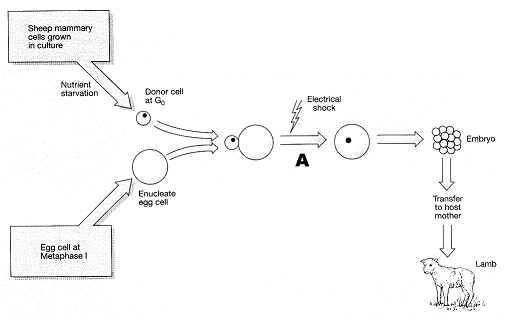Which of the following is characteristic of an acute graft-versus-host disease episode?
A. The reaction occurs outside 100 days of the transplant.
B. The reaction involves the skin, gastrointestinal (GI) tract, and liver.
C. The reaction produces a fibrous condition of the mouth and eyes.
D. The reaction involves the recipient's bone marrow.
Ans: B. The reaction involves the skin, gastrointestinal (GI) tract, and liver.
You might also like to view...
The first penicillin-producing fungus that could be grown in stirred fermenters was ________.
A. Penicillium notatum B. Penicillium chrysogenum C. Aspergillus niger D. Pisolithus tinctorius
What blood type is called the universal donor?
A. O- B. AB+ C. Ab- D. O+
Which of the following is NOT true of hormones?
a. They are found in multicellular organisms. b. They are chemical messengers. c. They regulate development. d. They are a type of gene. e. They regulate growth.
In Figure 17-1, the purpose of growing the donor cells in nutrient-limited media is:

a. to have small cells that would be easier to manipulate.
b. to replicate a normal environment.
c. to force the donor cell nucleus into the G0 cell stage.
d. to induce favorable mutations.
e. to initiate apoptosis.